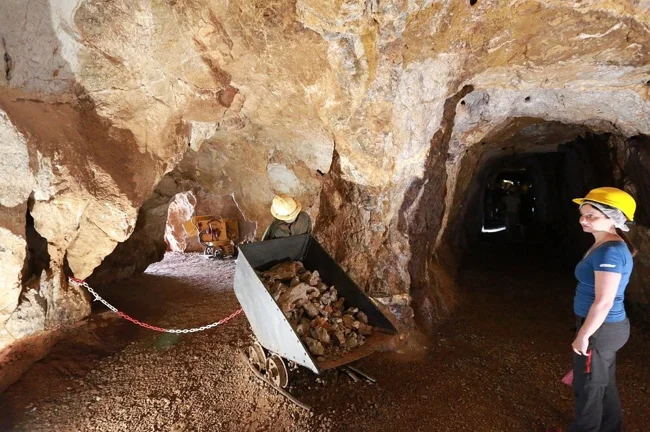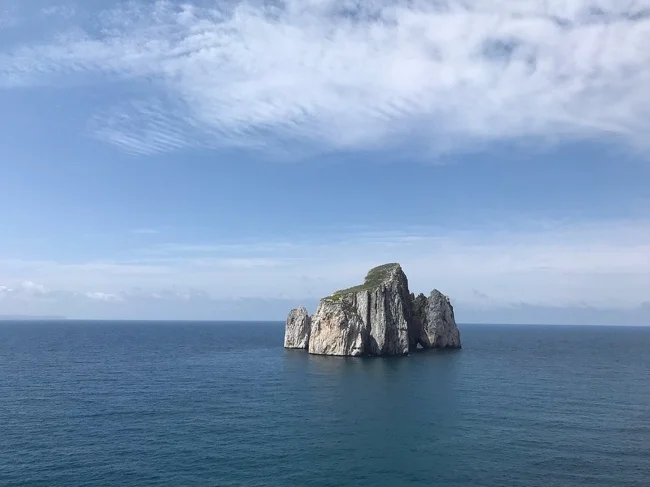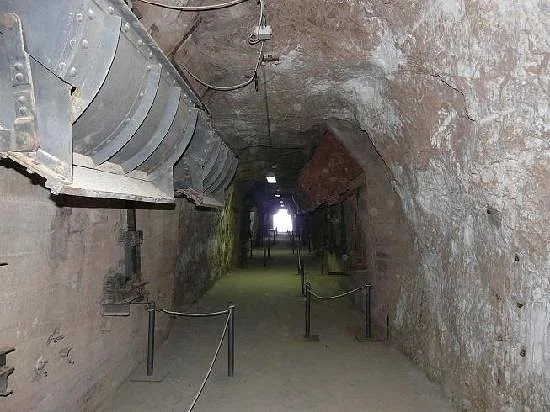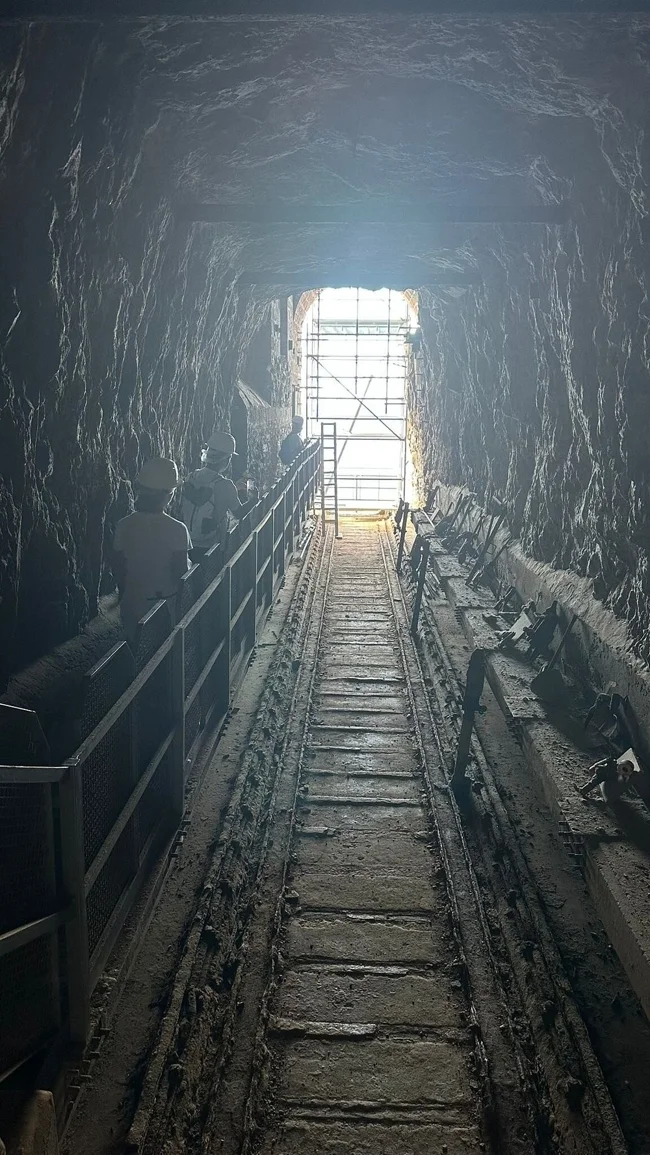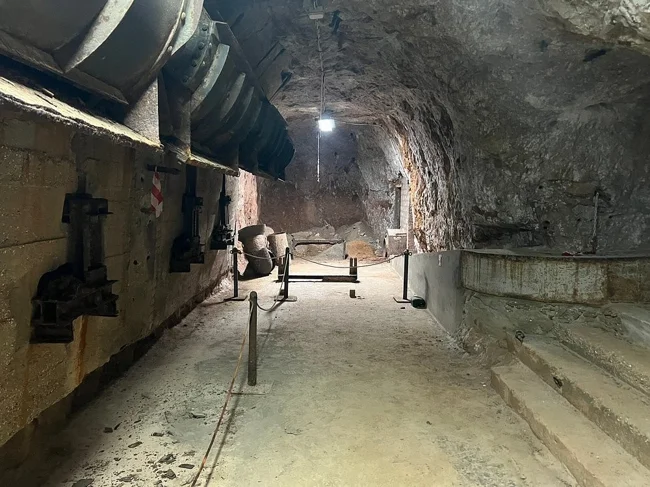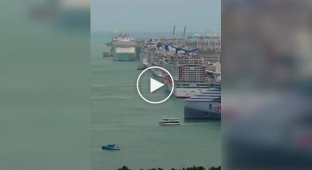Porto Flavia - an incredible port built into a cliff (17 photos + 1 video)
Off the western coast of Sardinia, the second-largest island in the Mediterranean, a unique engineering masterpiece lies hidden high above the waves. This is Porto Flavia—not a port in the traditional sense, but a cleverly concealed opening in a sheer limestone cliff—a mine shaft. 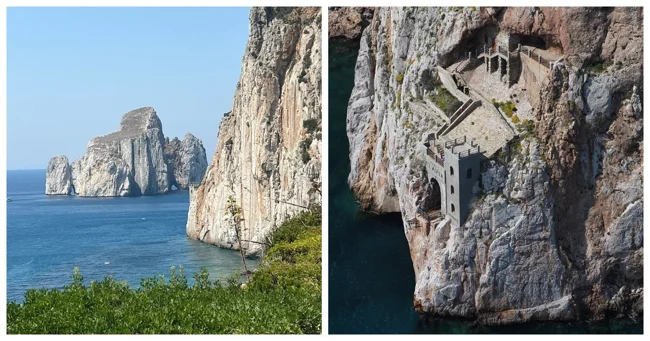
Behind it ran a six-hundred-meter tunnel leading directly to the Masua mines, where zinc and lead were extracted. Ore was transported on conveyor belts to the tunnel's exit, where a mechanical arm loaded it directly into the holds of ships. This incredible port, built in 1924 by engineer Cesare Vecelli, is named after his daughter, Flavia. 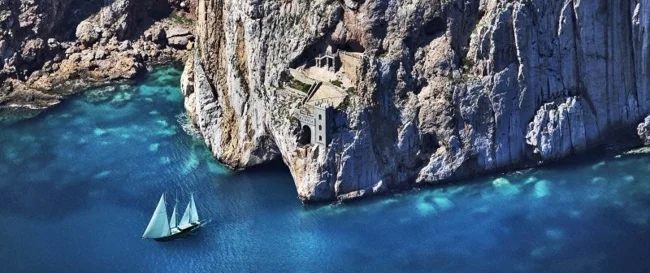
Before its construction, ore had to be transported from the mines to the beach, where it was manually loaded onto small boats. These boats ferried the precious cargo to the port on the island of Carloforte, thirty kilometers away. There, the ore was stored in warehouses or in the holds of waiting steamers until a full load was ready for shipment to refineries in France, Belgium, and Germany. This process was expensive, slow, and dangerous: overloaded boats often sank in rough seas. During a storm, fully loading a single steamer at Carloforte could take up to two months. Even in good weather, the wait took at least a week. 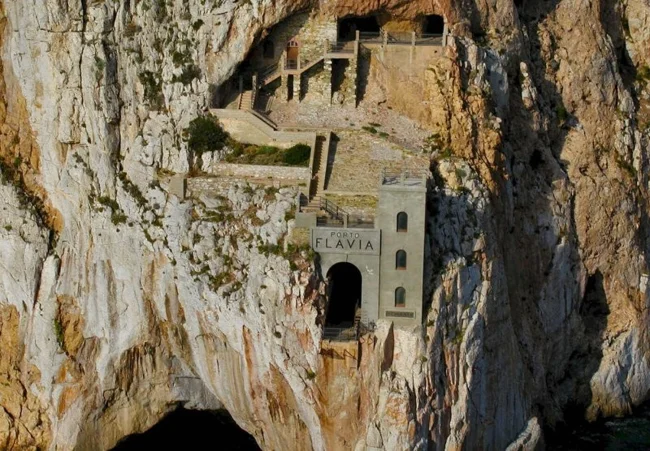
The mine owner commissioned engineer Vecelli to find a solution to speed up and reduce the cost of loading. Surveying the coast, Vecelli discovered an ideal spot on the high cliffs opposite the Pan di Zucchero rock. The sea here was deep enough for large ships and well protected from wind and waves, and the ore could be loaded directly from the rock. 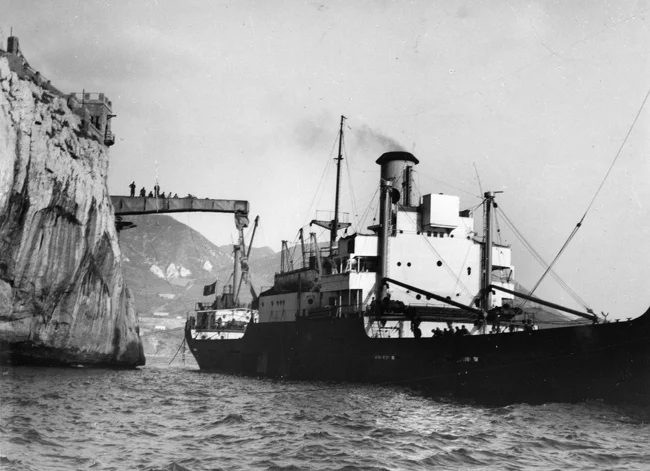
Vecelli's project included two 600-meter-long tunnels, one above the other, connected by nine enormous vertical ore storage silos. In the upper tunnel, a train delivered ore to these silos, while in the lower tunnel, a conveyor belt collected it and carried it to a loading dock. There, another conveyor on a moving boom dumped the ore directly onto a steamship moored at the foot of the cliff. The silos, carved directly into the rock, held over 10,000 tons of ore. The tunnels' seaward exits were decorated with concrete turrets and decorative plaques bearing the port's name. 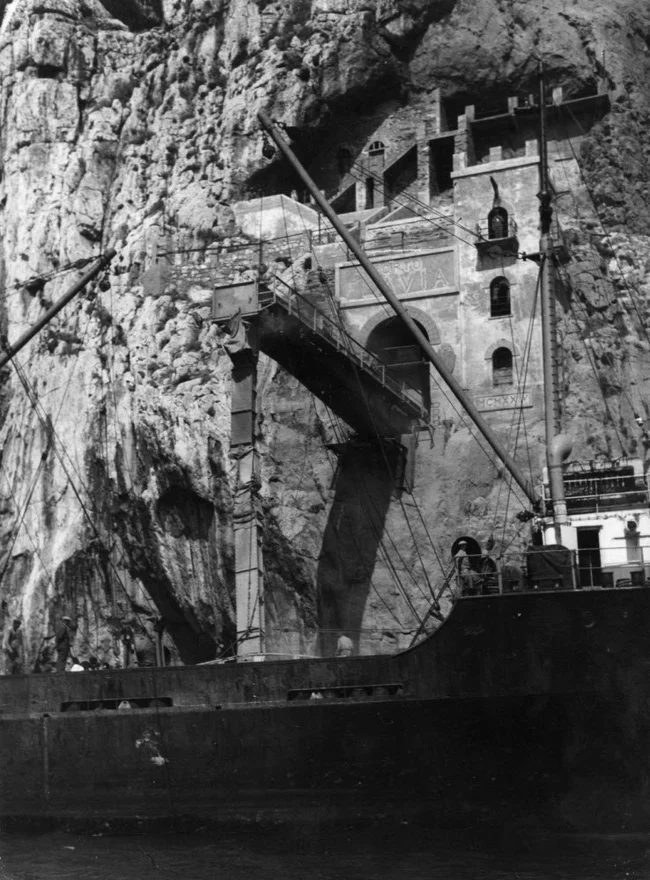
When Porto Flavia began operations in 1924, it reduced ore production costs by 70%, allowing Vieille Montagne to quickly gain a significant market share. Construction paid for itself in less than two years and was hailed as a technical marvel in the mining industry. 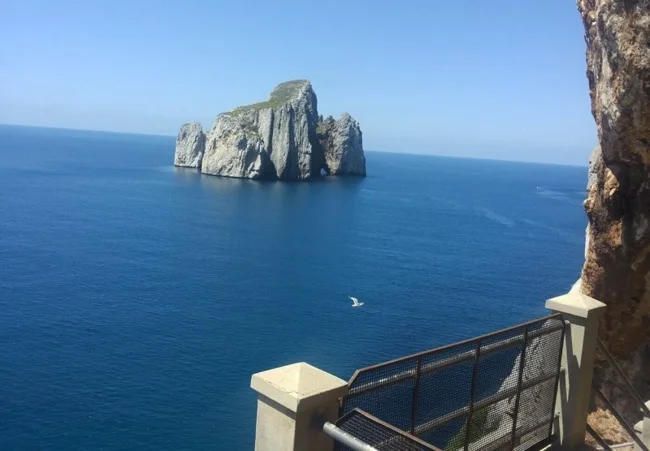
Porto Flavia's importance declined in the 1960s due to the decline of mining, and after the mines closed in the 1990s, the port ceased operations. Today, Porto Flavia is a UNESCO World Heritage Site and attracts many tourists. 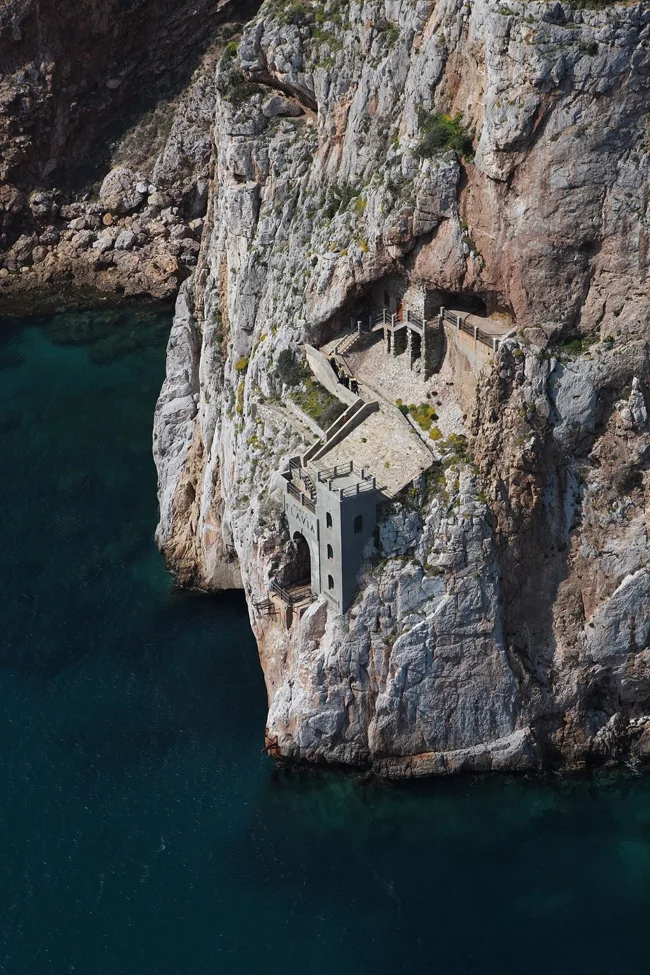
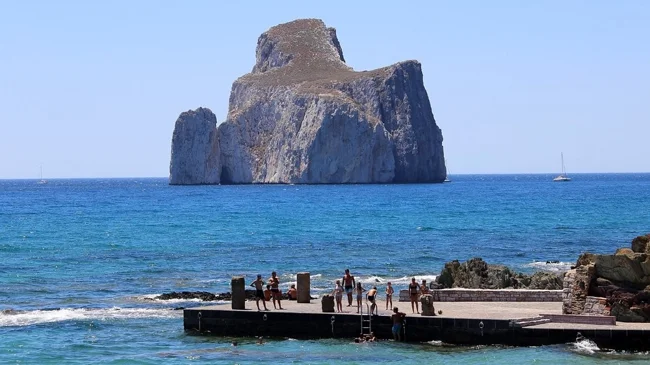
[thumb]https://cn22.nevsedoma.com.ua/p/29/2911/101_files/762df5e7733ce13df498992f28e0 91f4.webp[/thumb] 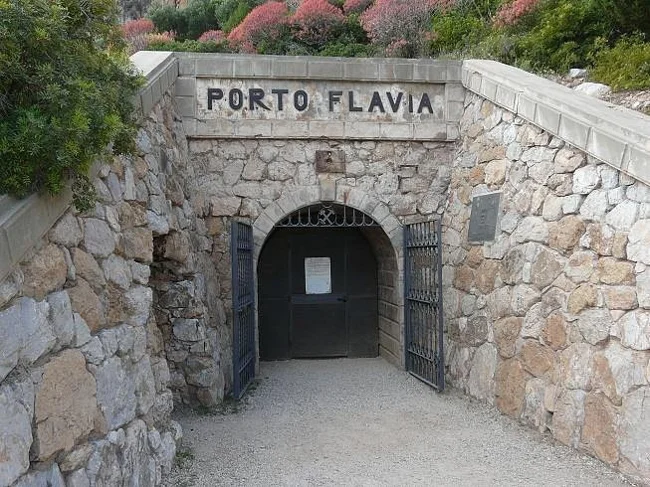
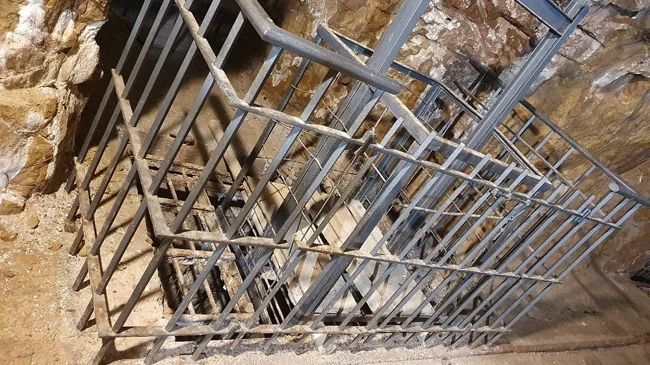
[thumb]https://cn22.nevsedoma.com.ua/p/29/2911/101_files/2f27c0049 b83aedcf0fc71ee5acea926.webp[/thumb] 